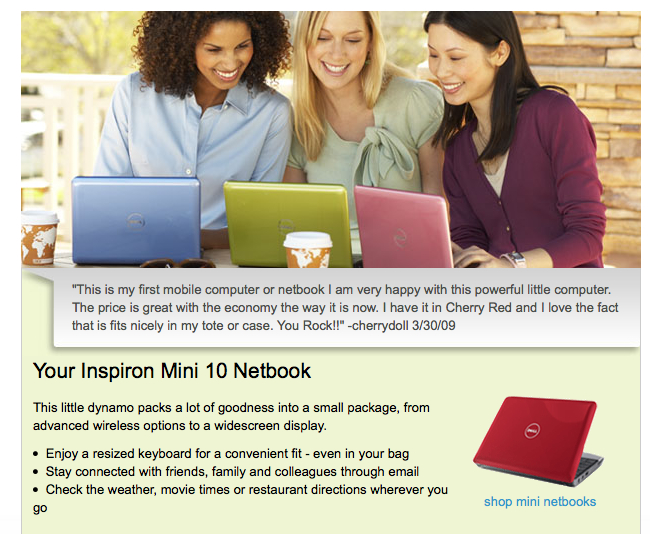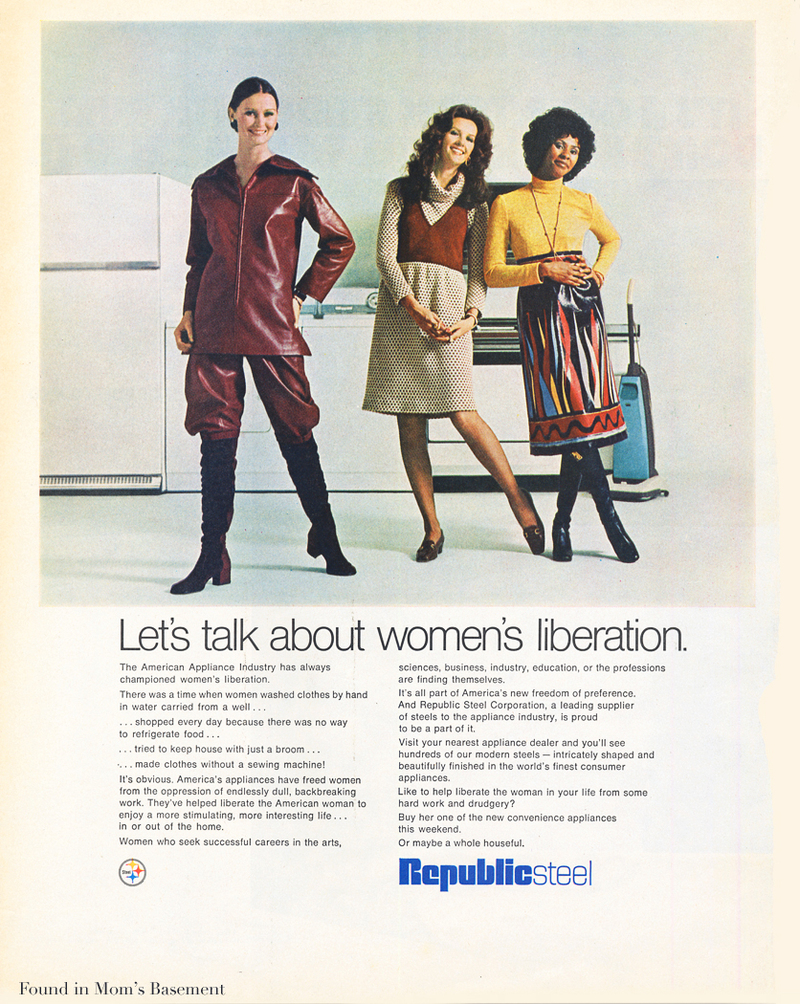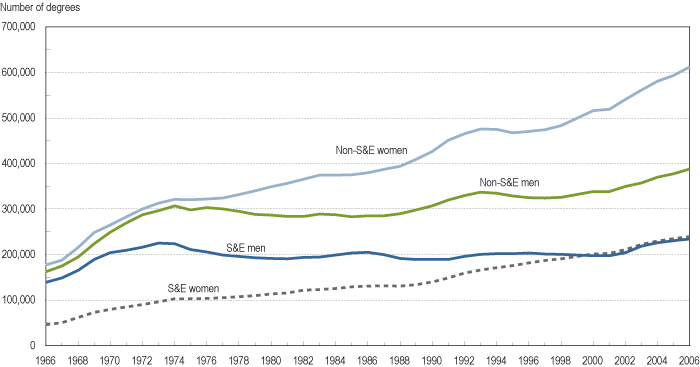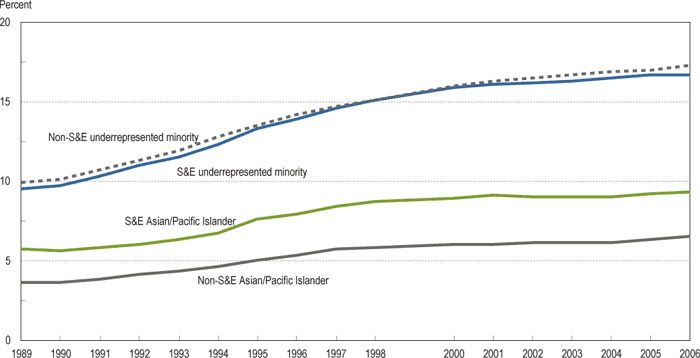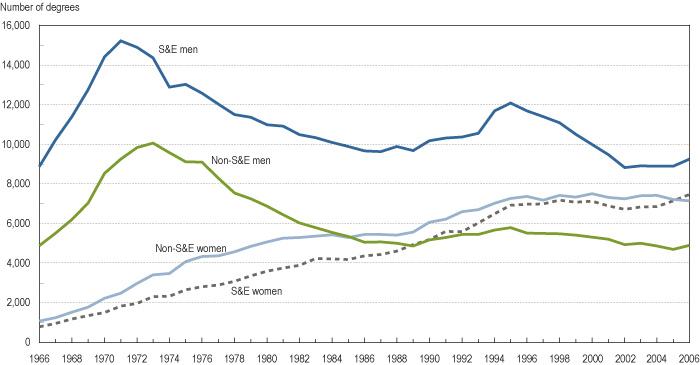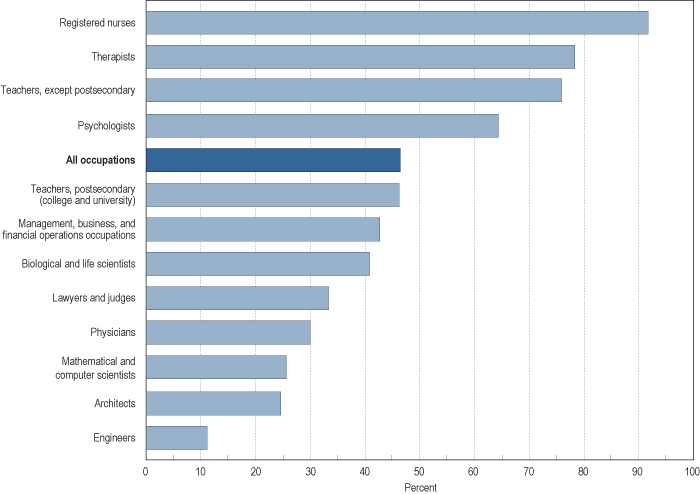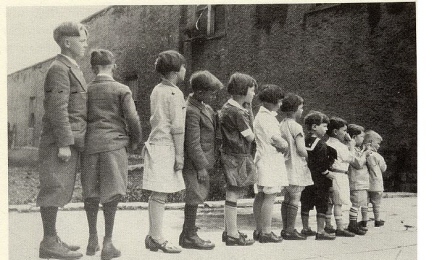Michael G., Sarahjane C., and Marlow sent us this commercial, designed for a small market, advertising a furniture store called The Red House. It was produced by Rhett McLaughlin and Link Neal. It is a real commercial, though it was designed to self-consciously spoof the many poorly-produced and weirdly-sloganed commercials that we’ve all seen advertising local small businesses on late night television. Word on the street is that the commercial has been maligned as racist. What do you think?
McLaughlin and Neal felt obliged to respond to the accusations of racism in another video. In it, they make a distinction between “racist” and “racial” and suggest that the video only seems racist if any and all talk that acknowledges race is considered bad.
This is an example of how the internet operates as a public sphere and can facilitate discussion about difficult topics. Without youtube, attention to this commercial would have remained local and/or restricted to a two minute discussion on the nightly news. Instead, the commercial has been viewed over 1.2 millions times and the response has been viewed over 50,000 times (as of today). Blogs all over the internet have picked up on the controversy and people are chiming in. I wouldn’t say that the discussion is all that sophisticated, but it is really interesting to see so many Americans discussing racism at all.
Then again, maybe the commercial has gotten so much attention because most people conclude that it is not racist. That is, are race and racism more likely to be widely discussed when the collective conclusion is “not racism”? Do we see such wide discussion of clearly racist material?
What do you think? Is this an example of the revolutionary power of the internet? Or just business as usual?



